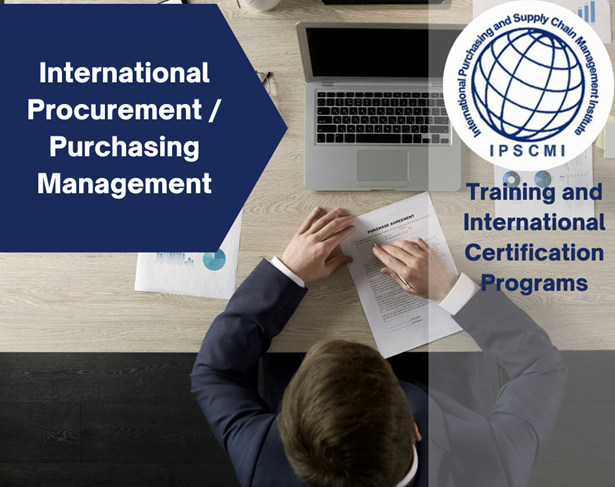1. Differences: Domestic and Global Purchasing
2. Global Sourcing Levels
3. Global Sourcing Benefits
4. Switching from Domestic to Global Sourcing
5. Roadblocks to Overcome
6. Starting an Offshore Buying Program
7. Sourcing Strategies (Pros and Cons)
8. Domestic Global Sourcing Companies
9. In Country-based Sourcing Representatives
10. Establishing Dedicated International Purchase Office (IPO)
11. Direct from Offshore Suppliers
12. Identifying and Qualifying Offshore Suppliers
13. Using available procurement techniques
14. Comparing total landed cost of acquisition
15. Negotiating With Offshore Suppliers
16. Financing the Transaction
17. The role of Domestic Law and CISG
18. Preparing the contract with the Offshore Supplier
19. Documentation required
20. Key clauses for the contract with the Offshore Supplier
21. Dispute settlement provisions for the contract with the Offshore Supplier
22. Recommended methods of payment
23. Protecting the purchase from foreign currency exposure
24. Terms of Purchase Documentation
25. The Terms of Shipping Documentation
26. What the Purchaser Should Specify in the International Purchase Contract
27. International Commercial Terms (INCOTERMS)
28. Bill of Lading and Other International Purchasing Documents
29. International Negotiation
30. The Influence of Culture on International Negotiation
31. The International Negotiation Process
32. Managing International Negotiations
33. Decision Making
34. Global Negotiation Styles
35. Foreigner’s Viewpoint of Americans as Negotiators
36. American Viewpoints of Saudis as Negotiators
37. Differences in Negotiation Approaches, Saudis and American
38. Practical Issues in Cross-Cultural Negotiation








